Museo de Arte Ilmin (일민미술관)
831.2M 2021-03-18
Sejong-daero 152, Jongno-gu, Seúl
Este museo está administrado por la Fundación Cultural Ilmin, y fue establecido en homenaje al maestro Kim Sang-man (fundador y presidente honorario del periódico The Dong-A Ilbo), quien se esforzó durante toda su vida para fomentar el desarrollo mediático y cultural.
Se encuentra ubicado en el interior del antiguo edificio del periódico The Dong-A Ilbo. Se inauguró como un centro cultural y en diciembre de 1996 bajo el nombre de Museo de Arte Ilmin. En 2001, se realizó una renovación, y en febrero de 2002, con la construcción de 2 grandes salas de exposición, tomó el aspecto actual.
El atrio del museo, que está diseñado con vidrios y acero, conecta la calle Gwanghwamun-ro con el interior del museo. Su elegancia contemporánea demuestra el desarrollo del lugar. Al mismo tiempo, es utilizado como el lugar en donde los visitantes reciben el servicio informático necesario para recorrer el museo con facilidad. En este lugar artístico podrá encontrar la Colección Ilmin, que tiene 430 piezas artísticas que corresponden a las épocas de Goryeo hasta la actualidad, 1.200 obras consignadas por el periódico, y 100 piezas de pintura contemporánea. La Colección Ilmin está compuesta por pinturas, piezas de cerámica, etc., recolectadas por el fundador, piezas que habían sido incorporados en los periódicos y revistas de la misma compañía.
Cambio de Guardia Real del Palacio Gyeongbokgung (수문장 교대의식)
843.9M 2024-05-17
Sajik-ro 161, Jongno-gu, Seúl.
+82-2-3210-1645
En tiempos antiguos, los guardias reales de la dinastía Joseon vigilaban la puerta Gwanghwamun, entrada del palacio Gyeongbokgung donde el Rey dirigía a la nación. La ceremonia tiene lugar desde 1469, y la versión actual es una representación de la original. Esta representación de la ceremonia comenzó en 1996. Los guardias ocupan su posición, realizan el cambio de guardia, y desfilan. Los uniformes, armas y accesorios de los guardias, al igual que los gestos de la ceremonia, atraen la atención de los turistas. Tiene lugar cada día, excepto los martes.
Rakeusyun (라크슌)
845.4M 2021-03-20
97-6, Cheonggyecheon-ro, Jongno-gu, Seoul
+82-2-2266-8815
A place where you can enjoy Japanese and fusion dishes cooked by the owner and chef with 20 years’ experience. This Japanese (cuisine) restaurant is located in Jongno-gu, Seoul. The most famous menu is tonkotsu instant noodles.
Manboseong (만보성)
847.2M 2021-03-26
53, Seosulla-gil, Jongno-gu, Seoul
+82-2-766-8488
It is a place where you can eat a variety of Chinese dishes at reasonable prices. This Korean dishes restaurant is located in Jongno-gu, Seoul. The most famous menu is sweet and sour pork.
KATSUYA (가쯔야)
851.7M 2021-03-18
46, Dadong-gil, Jung-gu, Seoul
+82-2-772-9023
This Japanese cuisine is located near Euljiro 1(il)ga Station, Seoul. The representative menu is pork cutlet. A restaurant serving Japanese-style pork cutlet.
Jeonjujip (전주집)
857.3M 2021-03-22
16-15, Supyo-ro, 20-gil, Jongno-gu, Seoul
+82-2-2278-3311
A store featured several times in Korean gourmet programs. This Korean dishes restaurant is located in Jongno-gu, Seoul. The most famous menu is napa wraps with pork and oysters.
Inwoohouse [Korea Quality] / 인우하우스 [한국관광 품질인증]
862.7M 2023-04-13
9, Gyedong 6-gil, Jongno-gu, Seoul
02-742-1115
Run by a couple hailing from Bukchon, Inwoo House is located in an alleyway in Gye-dong, Jongno-gu, which is part of Bukchon that is well-known for old hanok houses. Inwoo House, meaning 'the house of Inwoo,' is inhabited by the owner couple and eight-year-old son Inwoo and his younger brother Yeonwoo. The couple, who have always lived in Bukchon, moved to Inwoo House in 2010; their parents run another guesthouse -- Yeonwoo House -- in Gahoe-dong, which isn’t far from Inwoo House. These two hanok guesthouses seek to provide guests with an opportunity to experience the true aspect of traditional Korean house amid the natural environment. Inwoo House, which has the typical style of hanok in the area, features a cozy yard, a toenmaru (narrow wooden porch running along the outside of the building), and several charming decorative items. It has three rooms – Tokki-bang and Haejanggeum-bang situated in Sarangchae (a detached building) and Nori-bang, which is a communal space. Due to its quiet location, guests can enjoy relaxation with a serene atmosphere in their rooms, which are decorated with calligraphic works and furniture inlaid with mother-of-pearl in a simple way. Each room is equipped with a bathroom. The guesthouse offers breakfast such as toast or tteokguk (rice cake soup). Inwoo House is an ideal place to stay for guests with children as the owner couple have children with whom children can play in the alley, yard, or toenmaru with an interesting hanok environment. The guesthouse also provides various traditional activities including traditional Korean clothes experience, traditional Hanji (Korean paper) craft experience, traditional knot bracelet making, and fan decorating, which are popular among foreign tourists and children. It is adjacent to restaurants, coffee shops, convenience store, and other tourist attractions including Gyeongbokgung Palace, Changdeokgung Palace, Insa-dong, and Samcheong-dong.
Songa Myeongga (손가명가)
863.7M 2021-03-19
13, Dadong-gil, Jung-gu, Seoul
+82-2-777-1013
This Korean cuisine is located near Euljiro 1(il)ga Station, Seoul. It is a popular restaurant for group dinners. The representative menu is pork and kimchi stew.
Centro Comercial de Joyas de Jongno 3-ga (종로3가 귀금속 전문상가)
868.7M 2025-04-07
Jong-ro 3-ga, Jongno-gu, Seúl.
02-2148-1114
Châtaigne (샤떼뉴)
869.0M 2021-12-29
19, Samcheong-ro 5-gil, Jongno-gu, Seoul
+82-2-736-5385
Châtaigne is a French restaurant housed in a charming hanok (traditional Korean house) that was remodelled to accommodate dining tables and chairs. Châtaigne uses seasonal ingredients to create a simple and unique French course meal.
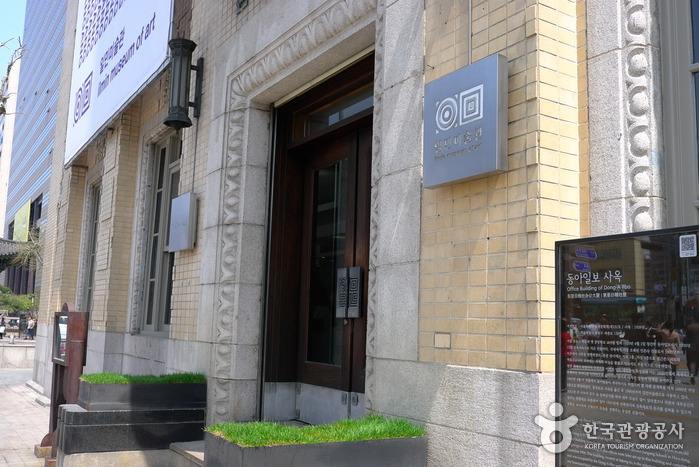
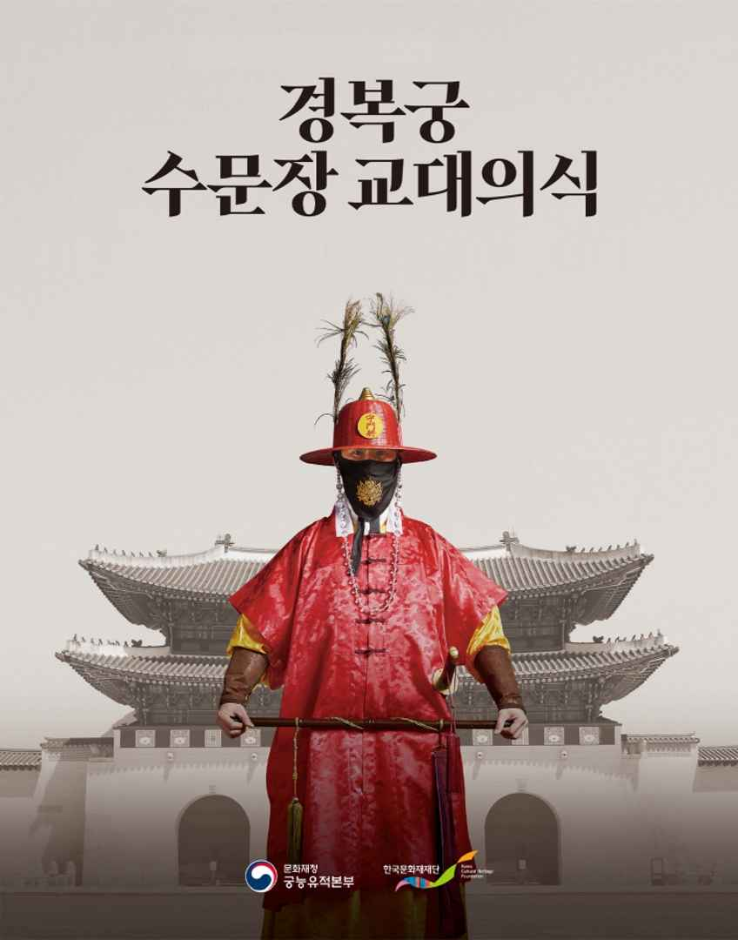
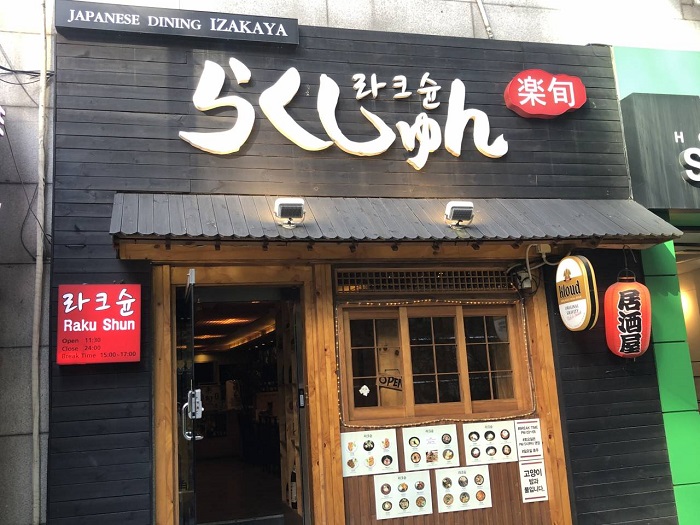
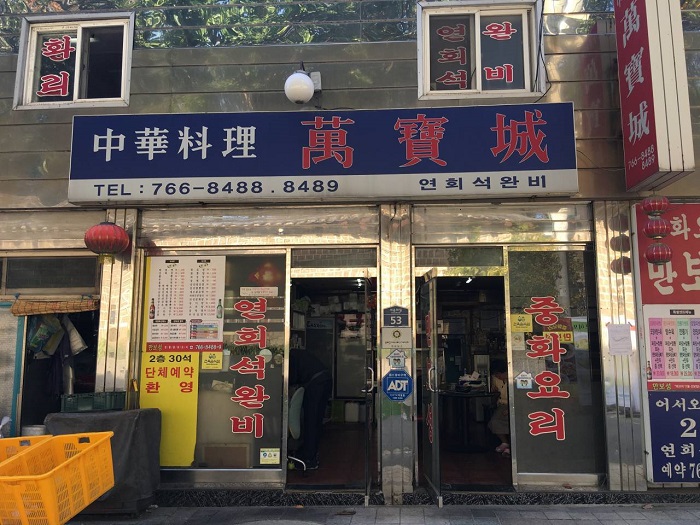
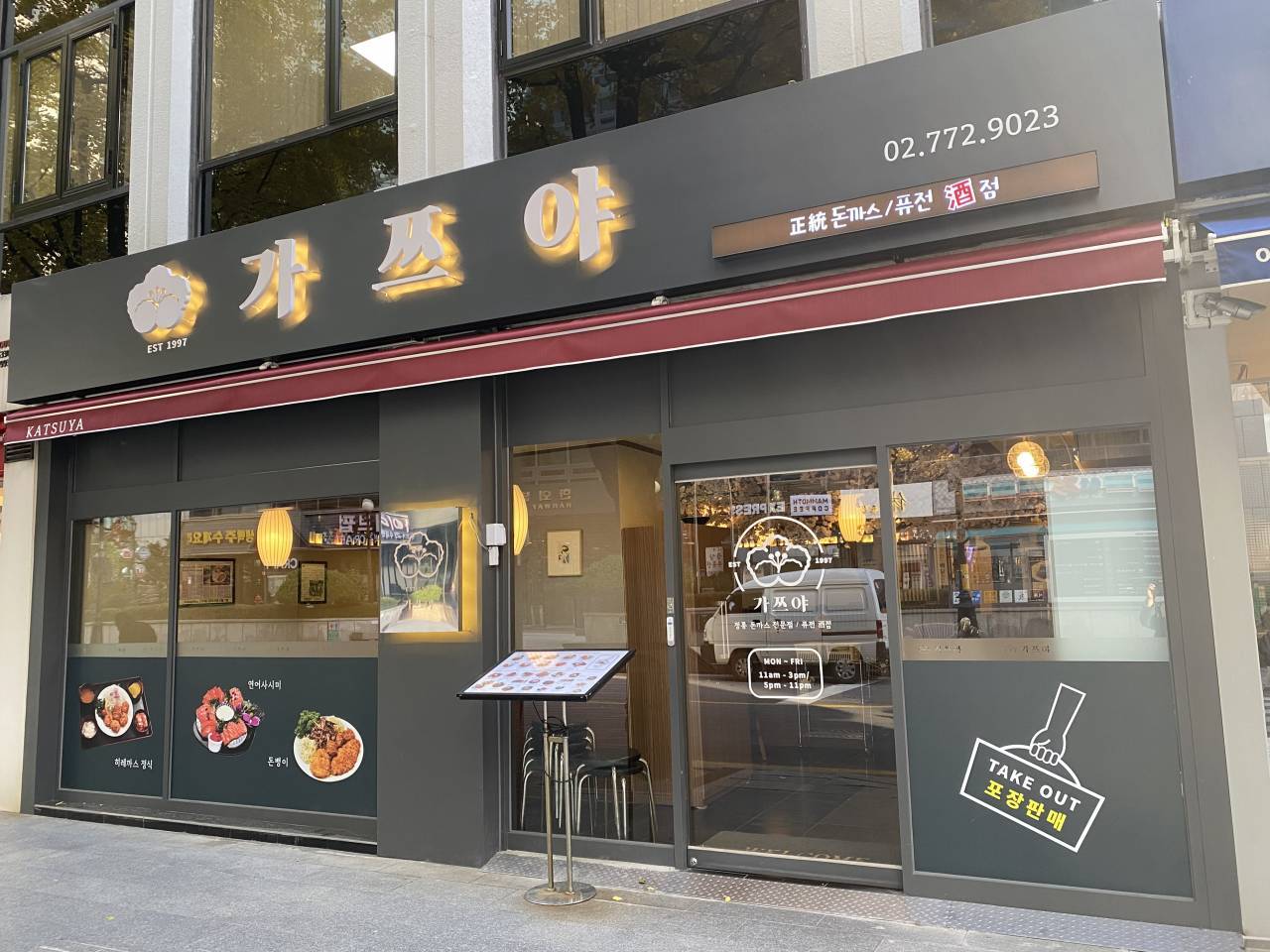
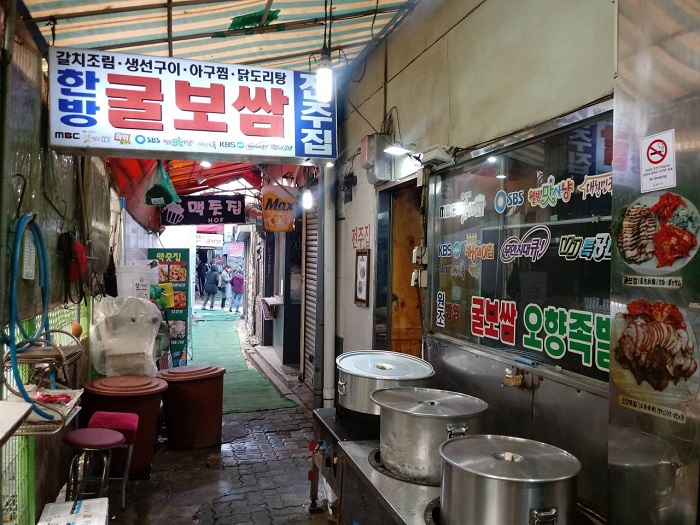
![Inwoohouse [Korea Quality] / 인우하우스 [한국관광 품질인증]](http://tong.visitkorea.or.kr/cms/resource/64/2633664_image2_1.jpg)
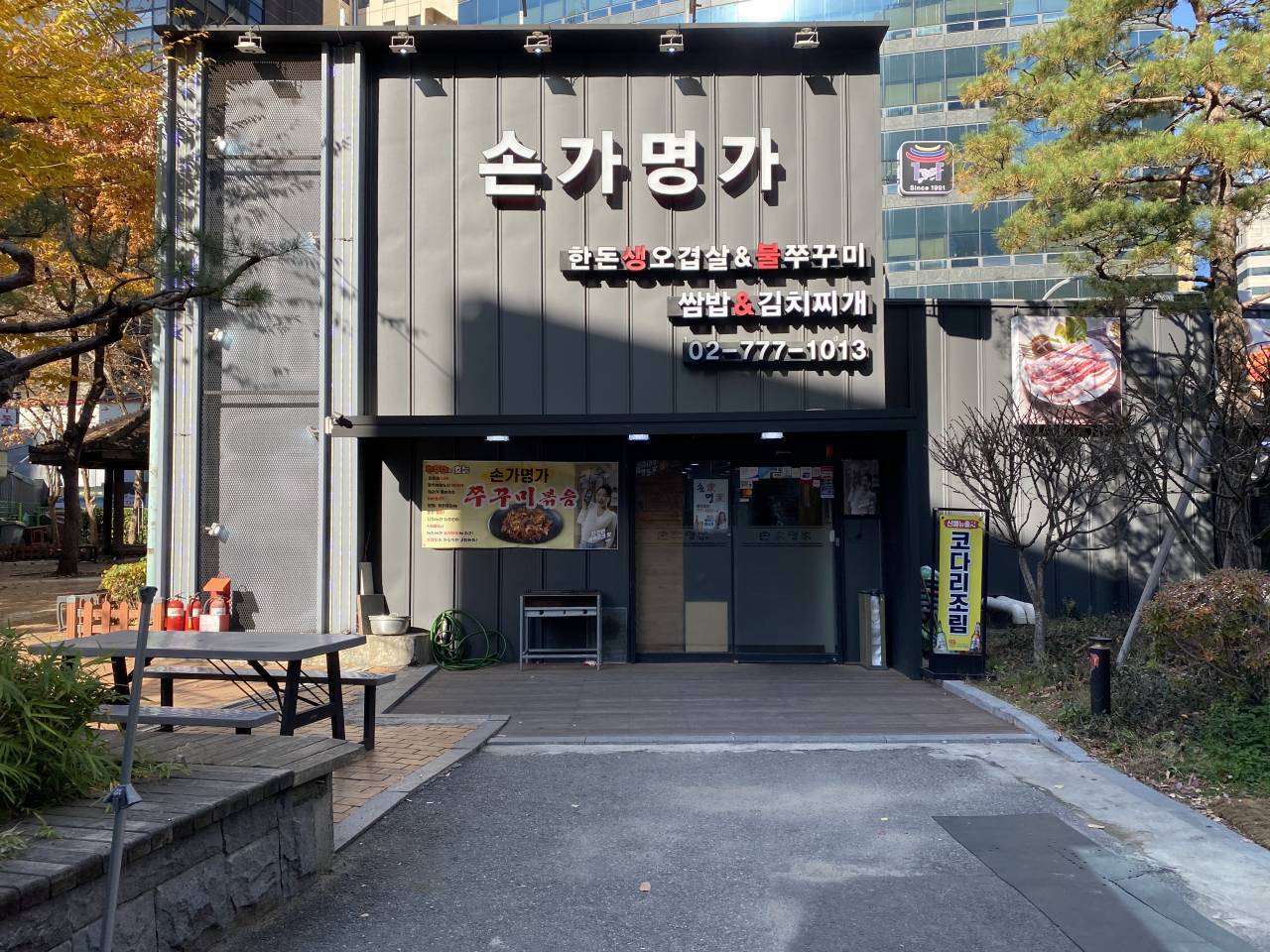
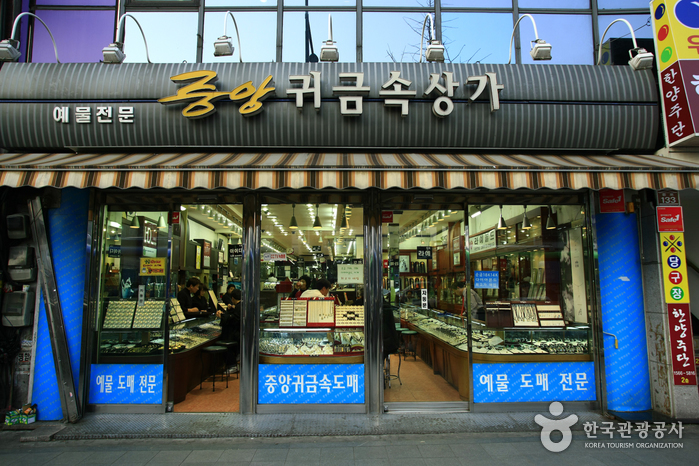
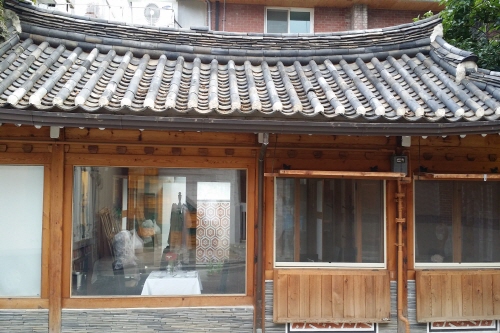
 Español
Español
 한국어
한국어 English
English 日本語
日本語 中文(简体)
中文(简体) Deutsch
Deutsch Français
Français Русский
Русский